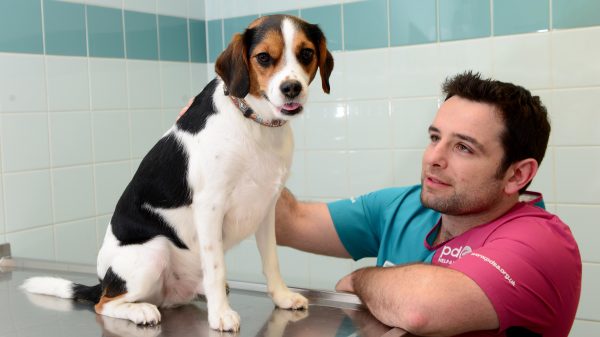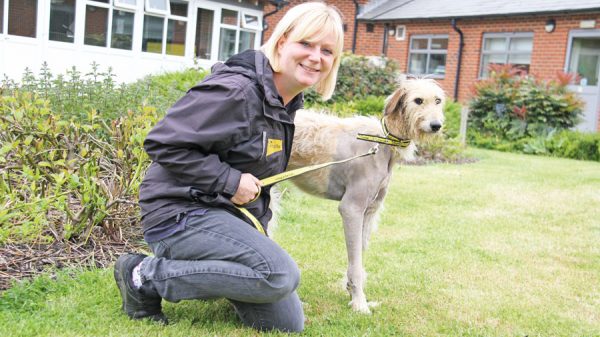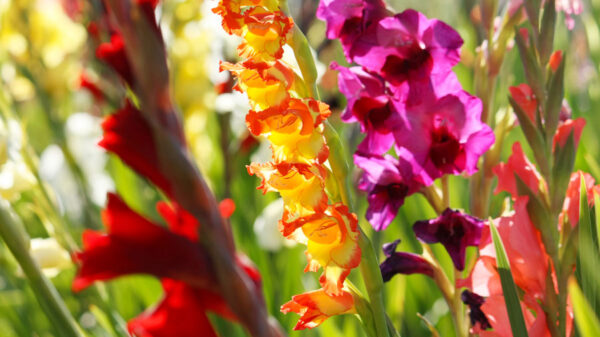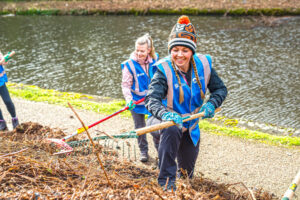It never ceases to amaze me how the seasons roll on and its at this time of year, especially on sunny days that I am prompted to think of what summer has in store for us this year. Then suddenly I snap back into reality and think, what’s the weather doing and what jobs should I really get on with in the garden. We buy our sweet pea seeds in autumn, sowing half of them in pots in the cold greenhouse (or cold frame) in November, the other half we sow in mid February, in a frost free greenhouse. You could sow them all in November or leave them until February /March, but like most gardening tasks there is no shortage of advice about what is the best time to do things. The top and bottom of it is that success in gardening comes in the main from experimenting and finding the approach that works for you and your plot.
With our sweet peas, I use a multi purpose compost ( John Innes type) mixed with a little extra grit, this helps avoid the compost form being too wet and causing the roots or seed to rot. We sow in root-trainer pots but they do just as well in ordinary pots if that is all you have. Sweet peas are quite hardy but do not like to be wet at this time of year. I pinch back the autumn sown plants to two pairs of leaves in mid February and the spring sown ones about four to five weeks after sowing. This encourages vigorous side shoots that produce stronger plants and better flowers. Once the February sowings have germinated I move the plants to a cold greenhouse as leaving them in the heated greenhouse encourages too much soft growth.
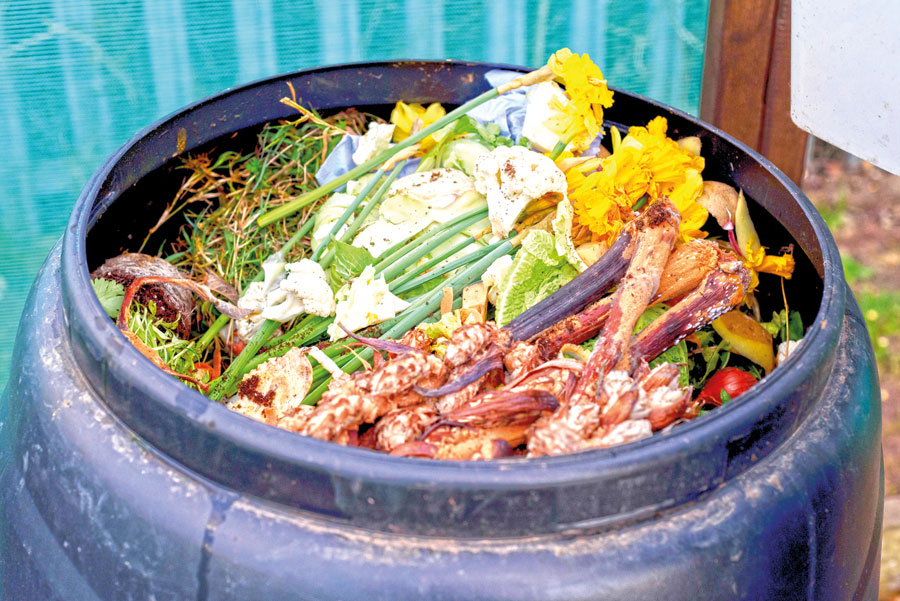
There is nothing more satisfying than spreading well rotted garden compost on the garden, this rich dark wholesome organic matter has a richness that you know will do nothing but good for your plants. Whether you mix it into the soil or simply apply a surface mulch around the plants in your borders this amazing stuff will encourage your soil to awaken in the spring, worms and beneficial organisms will start to work almost immediately moving the compost around and mixing it into your soil, where more micro organisms and soil fungi will prepare nutrients for the plants to use. The main frustration is producing enough, so what we do is adopt a rotation of mulching beds every two to three years. I complete my winter pruning on our trained fruit trees on a mild day this month before any growth starts, applying a sprinkling of general fertiliser and an inch or so of garden compost taking care to keep it away from the trunk of the tree as this avoids damage to the graft union.

I like to check over the woody shrubs whilst tidying throughout the borders, looking at where they are growing into each other or over the paths. With deciduous shrubs it is easier to work out which branches could cause problems later in the year and pruning them back now will encourage new growth and often improve flowering. Before taking the secateurs or loppers to a branch I try to visualise what it will look like if I cut it back, often I bend a branch down or away to one side as this will give you an idea of what it would look like if you cut it off. When you have decided what to cut then trace the stem back to a joint where the branch forks, cutting at this type of joint gives a more natural look rather than trimming it back like a lollipop, which to me looks quite odd. I also like to apply a general fertiliser around the base of shrubs that I have just pruned just to give them a boost.
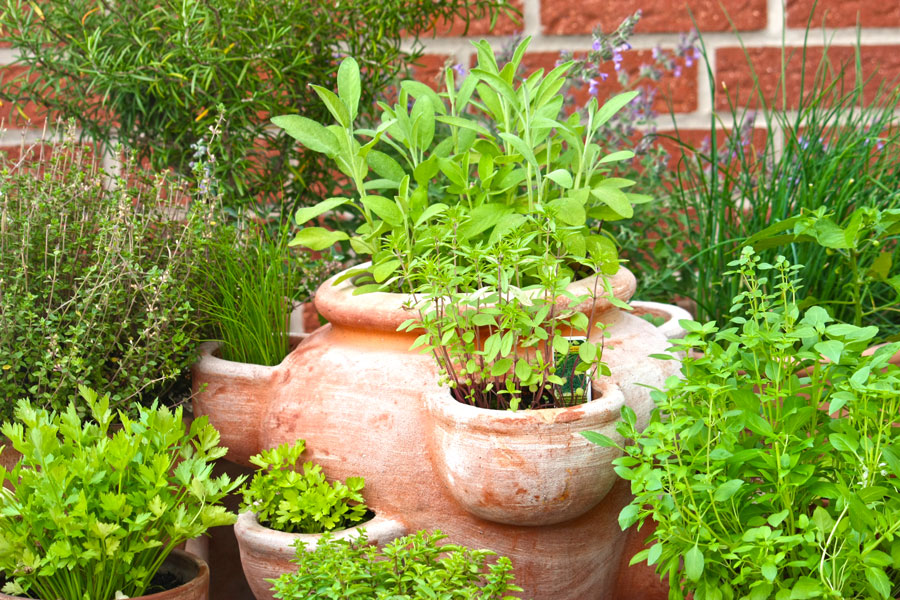
We use quite a lot of herbs in cooking and flavouring and whilst you can buy them in dried form from the supermarkets and shops, there is nothing like using fresh herbs who’s flavour is much more intense. On the whole most herbs are quite well behaved mint can be a nuisance and will spread quite rapidly so the ideal way to grow it is in containers. Large pots or troughs are great as they keep the roots in one place. At this time of year I gently lift the mint out of the pot and pull off some of the fleshy roots and repot them in fresh compost, placing them in a cold greenhouse or sheltered part of the garden. I then cut off the bottom third of the root ball and replace the space with fresh compost. This will encourage new and fresh growth and avoid the need for ever bigger pots.
Happy gardening,
Martin
Next month, (seasonal lawn care, time to start sowing and saving spring bedding plants.)

